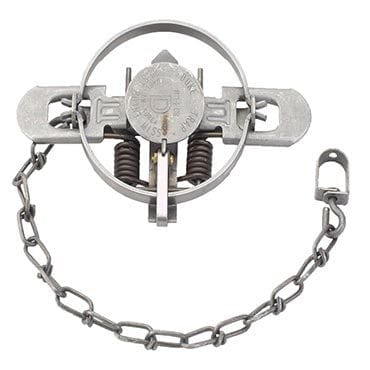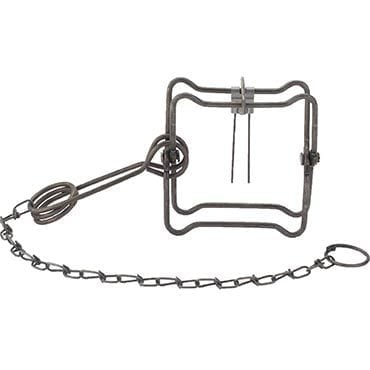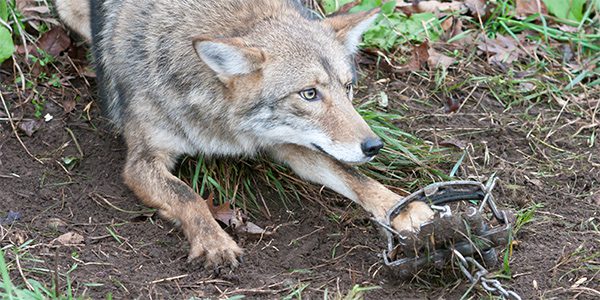Types of animal traps – learn what they are, why they are inhumane, and how to save your pets
Types of Traps
 Traps and snares indiscriminately lure in wildlife and pets. Animal traps fall under two categories: restraining and killing. Restraining traps hold the animal until the animal dies or the trapper arrives to kill it. Kill traps are meant to result in immediate death and are used either on land or underwater. The terrestrial versions snap the neck or spine. Underwater traps are intended to render the animal unconscious until death—they do not always do so.
Traps and snares indiscriminately lure in wildlife and pets. Animal traps fall under two categories: restraining and killing. Restraining traps hold the animal until the animal dies or the trapper arrives to kill it. Kill traps are meant to result in immediate death and are used either on land or underwater. The terrestrial versions snap the neck or spine. Underwater traps are intended to render the animal unconscious until death—they do not always do so.
Traps do not discriminate between species and often non-target animals are caught. They can capture or kill threatened and endangered species, birds, domestic animals, and even humans.
Learn How to Release Your Dog From a Leg-hold Trap
Restraining Traps Versus Kill Traps
 Animals frequently sustain injuries from restraining traps, including physiological trauma, dehydration, exposure to weather, predation by other animals, and even death. Animals released from restraining traps may later die from injuries and/or reduced ability to hunt or forage for food.
Animals frequently sustain injuries from restraining traps, including physiological trauma, dehydration, exposure to weather, predation by other animals, and even death. Animals released from restraining traps may later die from injuries and/or reduced ability to hunt or forage for food.
Leg-hold traps, a type of restraining trap consisting of two jaws that clamp onto an animal’s leg or foot, are so abhorrent that 80 countries and some U.S. states (including Arizona, California, and Colorado) have essentially banned them.
 Kill traps work by crushing, choking, or drowning the trapped animal.
Kill traps work by crushing, choking, or drowning the trapped animal.
Some propose that if the purpose of capturing an animal is to kill it, then kill traps may be more suitable because the animal is not left in pain, in shock, dehydrated, and at risk for predation, but kill traps are enormously faulty. They can cause a slow, painful, and stressful death for both trapped animals and those that manage to escape the trap. The American Veterinary Medical Association has weighed in against kill traps, noting that they are controversial because they can produce a prolonged, stressful death not within the AVMA’s criteria for euthanasia (2007).
